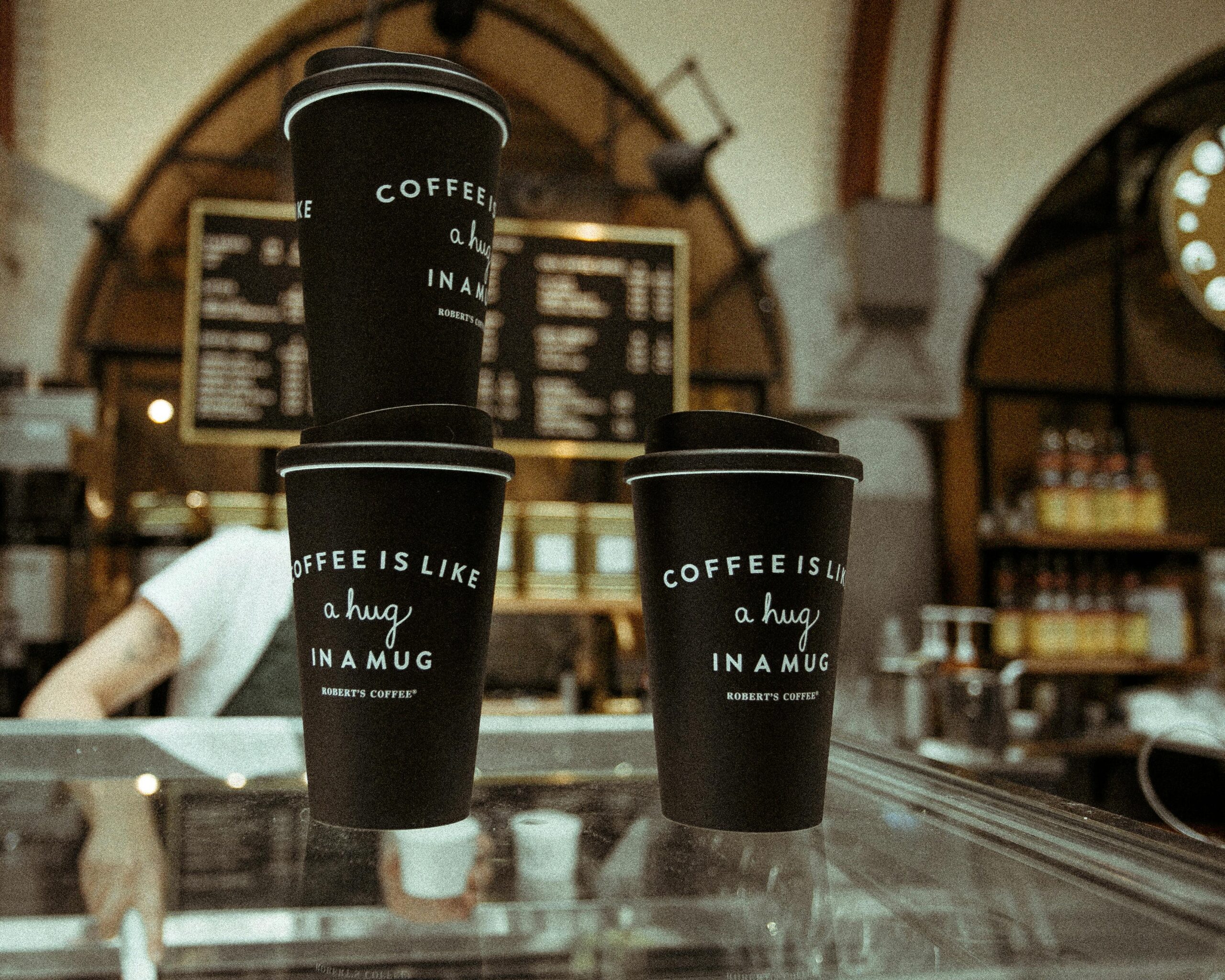A Smooth Brew for Hot Days
If you’ve ever wondered how to make cold brew coffee that’s rich, smooth and never bitter, you’re not alone. This brewing method has become a global favorite for coffee lovers who want full flavor without the acidity of hot brews. Cold brew is easy to make at home with the right approach and a bit of patience. It’s not just an iced coffee—it’s a brewing technique that creates an entirely different flavor experience. Understanding the process will change the way you think about summer caffeine.
What Makes Cold Brew Unique
Unlike hot coffee, cold brew is extracted slowly over time using cold or room-temperature water. This method lowers acidity and highlights chocolatey, nutty and floral notes in the beans. The result is a naturally sweet drink that doesn’t need sugar or cream to taste balanced. Because it’s brewed cold, it also stays fresh longer when stored properly. That’s one reason it has become a staple in both home and specialty cafés.
Choosing the Right Coffee Beans
To make excellent cold brew, you don’t need the most expensive beans, but quality matters. Medium to dark roasts work well because their flavors shine through the long steeping process. Look for beans with tasting notes like cocoa, hazelnut, caramel or berries. Single-origin or blends can both deliver great results, but avoid beans roasted specifically for espresso. A fresh roast date is key to achieving the deepest, most nuanced flavor.
The Ideal Grind Size for Cold Brew
One of the most important factors in learning how to make cold brew coffee is getting the grind right. You want a coarse grind—similar to sea salt. If the grind is too fine, the brew will turn out murky and over-extracted. A burr grinder is the best tool to ensure consistency. Pre-ground coffee from the supermarket is often too fine for cold brew, so grinding your beans at home makes a noticeable difference in the taste.
Water-to-Coffee Ratio Explained
Cold brew is all about balance, and the ratio of water to coffee grounds is crucial. A common starting point is one part coffee to four parts water for a concentrate, or one to eight for a ready-to-drink version. For example, 100 grams of coffee to 400 ml of water gives you a strong base you can dilute later. Using filtered water is also recommended to avoid any off flavors. Adjusting the ratio lets you control the strength of your final brew.
Brewing Time and Temperature
The magic of cold brew happens slowly. Let your mixture steep for 12 to 18 hours at room temperature or in the refrigerator. Shorter times may leave the flavor flat, while going beyond 24 hours can result in bitterness. Stir the mixture once in the beginning to ensure all grounds are saturated. After steeping, filter through a metal mesh, paper filter or cloth. The smoother your filter, the cleaner and brighter the final result.
Storage and Shelf Life
Cold brew can be stored in the refrigerator for up to seven days if kept in an airtight container. Glass jars or bottles are better than plastic, which can absorb flavors. It’s best to store the brew undiluted, then mix with water, milk or ice as needed. If the flavor changes or the aroma turns sour, it’s time to discard. Keeping it cold at all times preserves the taste and avoids contamination.
Customizing Your Cold Brew Experience
Once you’ve mastered the basics, you can get creative. Add spices like cinnamon or cardamom during brewing for a subtle twist. Try infusing with citrus peels or vanilla beans for added depth. You can also experiment with milk alternatives like oat or almond milk. Some people even carbonate their cold brew for a sparkling version. These variations keep the process exciting and personal.
Cold Brew vs Iced Coffee
While both are served cold, they’re brewed very differently. Iced coffee is hot coffee cooled down and poured over ice, which often leads to a bitter, watered-down drink. Cold brew, in contrast, is brewed slowly in cold water, giving it a mellow and complex flavor. It’s also more caffeinated due to the higher coffee-to-water ratio. Understanding the difference helps you choose the right method based on your taste and mood.
Caffeine Content in Cold Brew
Cold brew is often stronger than regular coffee, especially if consumed as a concentrate. A single 12 oz glass can contain anywhere from 150 to 250 mg of caffeine. That’s more than a standard drip coffee or espresso shot. If you’re sensitive to caffeine, consider diluting it more or choosing a light roast. Always taste before drinking a full glass—you may be getting more of a buzz than expected.
Why Cold Brew Is Here to Stay
The global rise of cold brew isn’t just a trend—it’s a shift in how people approach coffee. Its smooth flavor, high versatility and easy preparation make it accessible to all kinds of drinkers. Whether you brew it for the week ahead or serve it at a gathering, cold brew never disappoints. Learning how to make cold brew coffee at home brings quality and creativity to your daily ritual. It’s a brewing method worth mastering.

